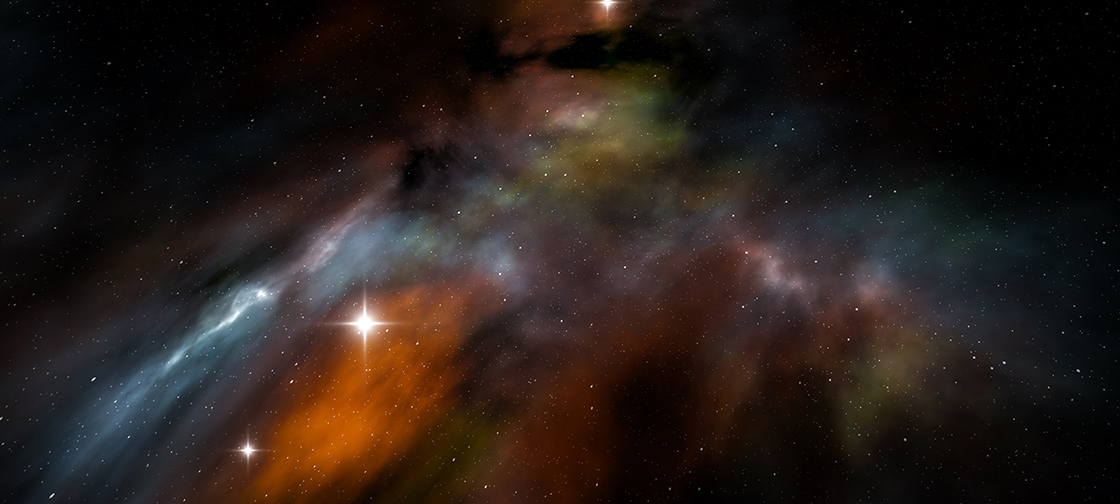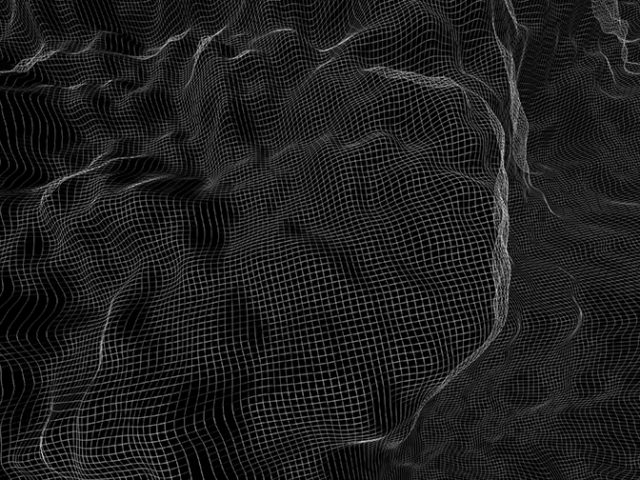University of Michigan with support of various international institutes, including EPFL, builds instrument with 5000 eyes that looking to the dark energy.
A new instrument mounted atop a telescope in Arizona aimed its robotic array of 5,000 fiber-optic “eyes” at the night sky to capture the first images showing its unique view of galaxy light.
It was the first test of the Dark Energy Spectroscopic Instrument, known as DESI, with its nearly complete complement of components. The long-awaited instrument is designed to explore the mystery of dark energy, which makes up about 68% of the universe and is speeding up its expansion.
The robotic eyes were assembled by students and technicians at the University of Michigan, under the leadership of physics professor Gregory Tarlé. The team delivered a total of 7,300 robotic fiber positioners, including spares.
DESI’s components are designed to automatically point at preselected sets of galaxies, gather their light, and then split that light into narrow bands of color to precisely map their distance from Earth and gauge how much the universe expanded as this light traveled to Earth. In ideal conditions, DESI can cycle through a new set of 5,000 galaxies every 20 minutes.
“After a decade in planning and R&D, installation and assembly, we are delighted that DESI can soon begin its quest to unravel the mystery of dark energy,” said DESI Director Michael Levi of the Department of Energy’s Lawrence Berkeley National Laboratory, the lead institution for DESI’s construction and operations.
Tarlé at U-M led the student teams that assembled the robotic fiber positioners for DESI and related components. He said it’s gratifying to reach a stage in the project where all of DESI’s complex components are functioning together.
During U-M’s production peak of the robotic fiber positioners, the teams numbered close to 25 students, technicians and engineers, and were churning out about 50 positioners a day.
“It was quite a process,” Tarlé said. “We were at the limits of precision for these production parts.”
The positioners were installed in the focal plane petals at Berkeley Lab and after assembly and testing, the completed petals were shipped to Kitt Peak and installed one at a time on the Mayall Telescope.
Source: “DESI opens 5,000 eye to capture the colors of the cosmos”, Morgan Sherburne, University of Michigan
“




